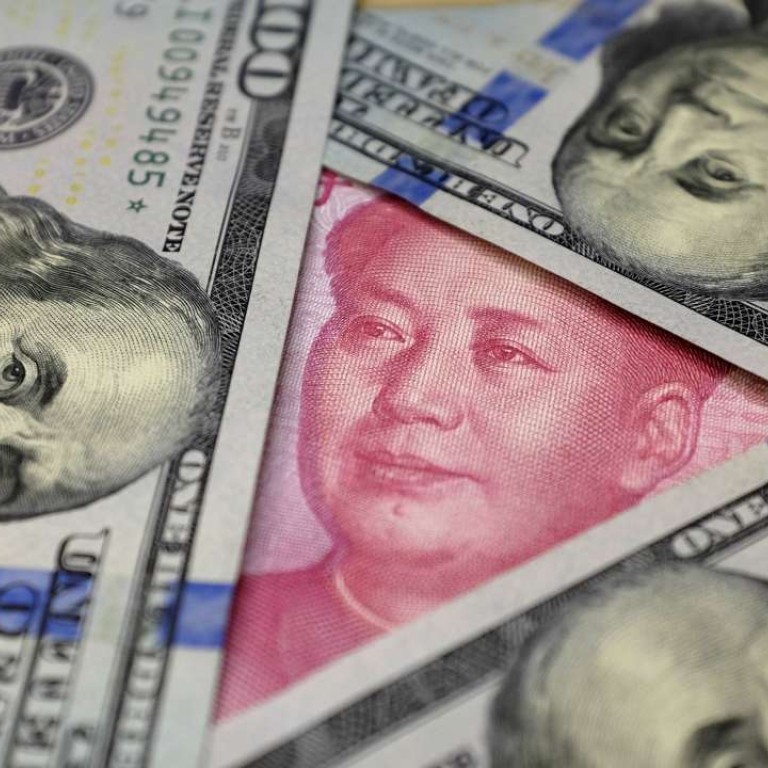
China’s local financing vehicles queue up for overseas offers
LGFVs bonds are picking up momentum while real estate debt is losing steam
China’s local government financing vehicles are quietly catching up with real estate companies as the main seller in the US dollar bond market, riding on increased appetite for dollar assets mainly from Chinese banks’ overseas branches.
A flurry of such vehicles, known as LGFVs overseas and “Chengtou” in China, are busy these days with roadshows in Hong Kong, Singapore and London. Bloomberg data showed that so far in November, US$2.21 billion worth of such bonds were sold, compared to US$520 million sold by homebuilders, which used to be the mainstay issuers of high-yield US dollar bonds.
The US$9.97 billion issued by LGFV’s so far this year still lags behind that of real estate’s US$12.1 billion, Bloomberg data showed. But LGFVs are picking up momentum while real estate is losing it.
LGFVs are government-related entities engaged in construction or operation of public welfare and infrastructure projects, often on a non-profit basis. Local governments are usually LGFV’s largest customers, and often provide some level of grants or subsidies.
Chengdu Xingcheng Investment on Tuesday sold its five-year US$300 million bonds at 3.25 per cent coupon, with a 4.5 times oversubsription. This followed earlier offers by Yancheng Oriental, Shanxi Road & Bridge, Suqian Economic Development, and Jiangsu Zhongguancun.
Changsha Pilot, Zhenjiang Transport Industry Group and Shanxi Xixian New Area are ready for their international debut, while Tieling Public Asset Investment and Management plans a US$200 million issuance before year-end.
The growing number of sales follows investors’ bigger appetite for US dollar assets amid an outlook for a strong dollar and weaker yuan, and fewer such offerings from central government-owned enterprises and major private corporations in China, bankers and analysts said.
From the supply side, LGFVs are willing to diversify their funding channels – even coupons for US dollar bonds are still higher than onshore notes. They also seek to raise their overseas profile and have been encouraged by regulators’ lenient attitude. China’s foreign exchange administration eased the restrictions on proceeds raised offshore for domestic use amid China’s capital outflow, a debt capital market (DCM) banker told the Post.
Foreign institutions typically asked for a near 6 per cent yield for such non-investment bonds, while Chinese banks can accept 5.25 to 5.5 per cent
Although billed as offshore financing, a majority of LGFV bond buyers are still Chinese banks, albeit their overseas subsidiaries. Lei Qiang, a DCM banker with Guotai Junan International in Hong Kong, said foreign banks and funds only take 20 to 30 per cent of the pie as they are more wary of the risks and demand a higher yield for compensation.
“Foreign institutions typically asked for a near 6 per cent yield for such non-investment bonds, while Chinese banks can accept 5.25 to 5.5 per cent. They are also more familiar with what LGFVs are,” Lei said.
Some major credit rating agencies are ringing the alarm bells. Ivan Chung, head of greater China credit research at Moody’s, said some of the high-yield LGFVs don’t have quality assets or steady cash flows and are already facing funding difficulties onshore. Therefore, issuing public deals have become challenging so some have turned to issuing private placement notes instead.
But Chinese investors don’t seem to care. Lei said in the aftermath of the Chinese government’s property tightening measures, yields of real estate bonds increased by 1.5 to 2 percentage points while those of LGFV bonds barely moved. This is despite the fact that the repayment ability of LGFVs is tightly linked with local governments, whose revenues are in turn closely linked with land sales.
Hao Zhou, a lawyer with King & Wood Mallesons, who has advised on a majority of such deals, said from the legal standpoint the offering documents customarily disclose risk factors that investors should consider, including the fact that such LGFV bonds are not considered as local government debt so investors would have no legal recourse to the governments if the LGFVs faced repayment difficulties.
However, investors might take a speculative stance because no single LGFV has defaulted in the market. “Like any investment, the risk is factored into the price,” he said.

